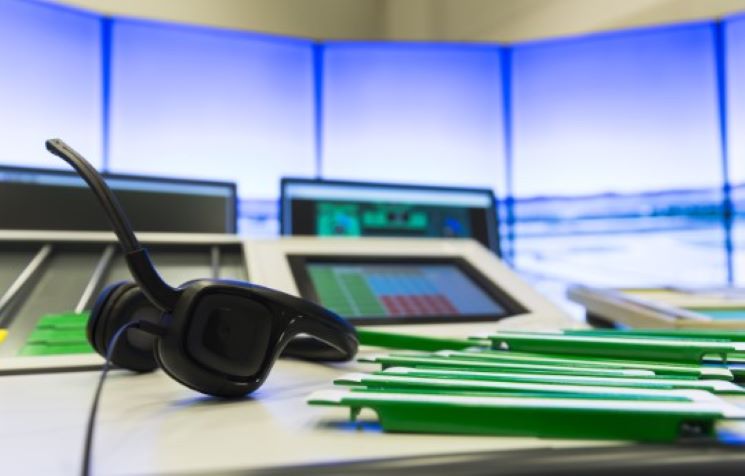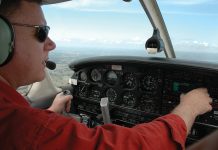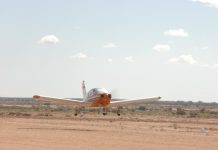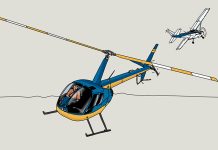Making radio calls can be quite daunting, especially for new pilots. However, communication with air traffic control (ATC), where safety-critical information is exchanged between pilots and air traffic controllers, need not be a difficult process.
Good radio discipline, including use of correct phraseology, read backs of critical information, maintaining a good listening watch and not over-transmitting other stations makes for safe and effective communication.
Most radio transmissions and read backs are in a standard format that enables both pilots and ATC to relay required information efficiently and effectively. Use of non-standard phraseology affects the ability of ATC to understand your intentions and confirmation you have understood your clearance. AIP details the applicable pilot radio call and read back requirements.
Maintaining a listening watch on the appropriate frequency is also vital for the safe conduct of your flight. Doing so will ensure you are able to build a good situational awareness of the other traffic operating in your area, while also allowing you to hear ATC broadcasts of hazard information, such as amended weather and turbulence information, and safety alerts where applicable. Also, remain alert to your own call sign, as transmissions directed to you may come at any time.
It is also important pilots be mindful that at any time during the flight, should a condition arise that has you uncertain, engage the press-to-talk button and ask ATC. Far better to advise controllers or seek information to address a misunderstanding, than to have the situation progress unnecessarily.






Comments are closed.